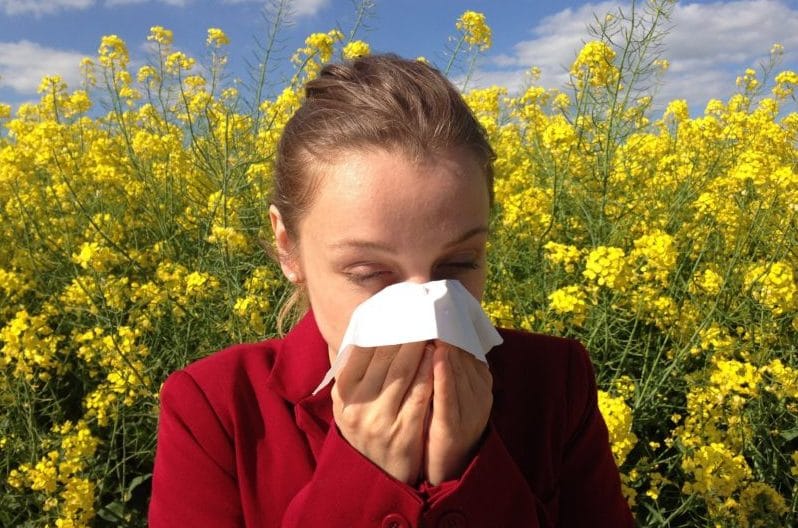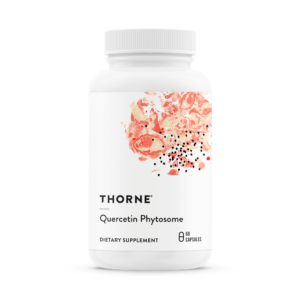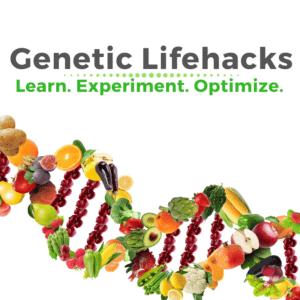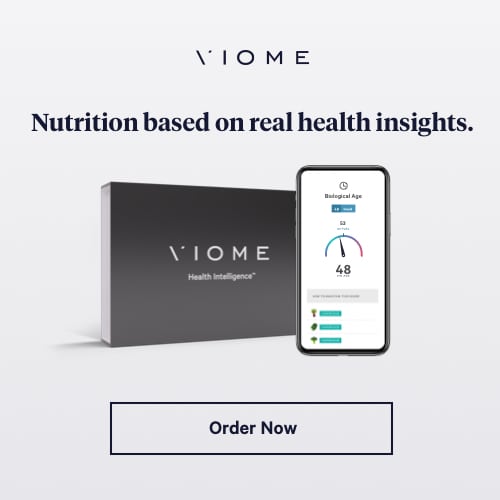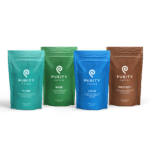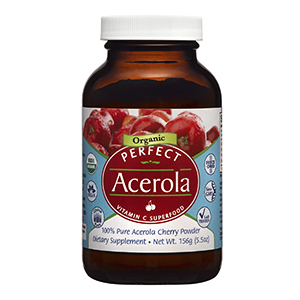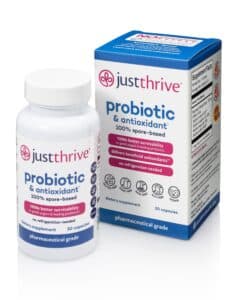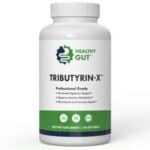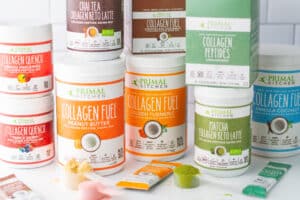
Choline Deficiency May Make Your Histamine Intolerance Worse
Choline Deficiency Make Your Histamine Intolerance Worse
Are you avoiding eggs because they are high in histamine? You may be making your histamine intolerance worse by avoiding eggs that are high in choline!
Eggs are often referred to as being high in histamine. But are they? The egg whites are histamine liberators while the yolk which contains choline is actually low in histamine.
Choline is one of the most overlooked essential nutrients, and deficiencies are becoming more common, especially in post-menopausal women.
Often referred to as a B-vitamin, choline plays a crucial role in the B-vitamin cycle or what is known as methylation.
Since our bodies make choline, it is not a vitamin as vitamins are considered nutrients that the body needs but does not make. If the body makes choline, why has it been declared as an essential nutrient?
Many different factors, including your genetics, can increase our need for choline. Research shows that choline's pathway is insufficient to support our body's needs, making choline a vital nutrient.
Choline Plays Many Crucial Roles Making it an Essential Nutrient
Every cell in our body depends on choline as it makes up our cellular membrane by providing phosphatidylcholine (PC) or structure to our cell walls.
A healthy cellular membrane means that the right things like nutrients are going into our cells. And that our cells are removing the bad stuff – making for healthy cells.
Choline also is used to make the neurotransmitter acetylcholine. Acetylcholine is a neurotransmitter or brain signaling chemical that is involved in learning, memory, and attention.
This neurotransmitter also plays a role in digestion by signally the production of digestive enzymes. Are you taking digestive enzymes?
Maybe you should increase your intake of choline-rich foods like eggs instead.
But most importantly, choline is used to make betaine, a compound that helps to recycle homocysteine in the process known as methylation.
Whew – what does that mean? Methylation is a significant pathway in our bodies that produces SAMe. And SAMe supports the enzyme histamine N-methyltransferase (HNMT), which helps to breakdown histamine.
How Can Choline Reduce Histamine Intolerance Symptoms?
The breakdown of histamine, especially the histamine produced by our bodies, depends on methylation and folate.
Folate and vitamin B2 are vital nutrients in methylation that provide SAMe and support for histamine N-Methyltransferase (HNMT), which helps break down histamine.
However, the body can also get SAMe from recycling homocysteine, which depends on choline, reducing the need for folate.
Reducing the need for folate is even more critical if you have genetic variants in folate like MTHFD1. Research shows that if you have a variant in MTHFD1, you will have an increased need for choline.
How does choline help to recycle homocysteine? Choline can be converted to betaine, which acts as a methyl donor promoting the recycling of homocysteine.
Recycling homocysteine not only produces more SAMe, it also reduces homocysteine levels which has been shown to be pro-inflammatory.
By providing support for HNMT, the histamine produced by your body is broken down and eliminated, reducing histamine levels.
You can enjoy that glass of wine with pizza and not have to worry about getting a nasty skin rash or headache a few hours later.
Whereas choline is converted to betaine, betaine is also found in many different foods. Some of the richest sources of betaine are beets, quinoa, wheat germ, and spinach.
By providing choline and betaine in your diet, you can support histamine's healthy breakdown reducing symptoms of histamine intolerance.
Can a Deficiency in Choline Increase Histamine Intolerance Symptoms?
Histamine intolerance is becoming increasingly common and is often seen with autoimmune conditions, poor gut health, and allergies.
Fluoroquinolone toxicity or other chronic conditions like Lyme disease and mold toxicity can also increase the likelihood of histamine intolerance.
This is because histamine is one of the key players in our immune system response to toxins, bacteria, and viruses.
Symptoms of histamine intolerance can significantly vary as histamine plays so many different roles from the production of stomach acid, hormonal balance, brain health, and of course, our immune system.
Even our mental health is affected by high histamine levels, leading to anxiety and lack of focus. Because choline plays a crucial role in support of methylation and the production of the enzyme, histamine N-methyltransferase (HNMT), a deficiency may increase your histamine levels.
Since we also get histamine from our diet, your high levels of histamine will increase your intolerance to foods rich in histamines like preserved meats and fermented foods.
Bodybio PC – Phospholipid Complex
Increased Bioavailability: Most phosphatidylcholines in the market are lecithin packed in oil, which inhibits absorption. BodyBio PC is a pure liposomal phospholipid complex — avoids digestive breakup by forming liposomes; the pure phospholipids are not broken apart and are instantly utilized, re-building every cell in your body.
Get 15% off of professional-grade supplement by signing up for my Fullscript account.
But What are Signs that You Might be Deficient in Choline?
Since choline is every cell of our bodies, symptoms can be extremely varied. One of key symptoms is increased fat in the liver.
How do you know if you have a “fatty liver”? The best way to find out is to make sure that you have a Comprehensive Metabolic Panel that looks your liver enzymes either done by your doctor or through functional medicine practitioner.
Other Symptoms of Choline Deficiency
- Muscle Damage
- Nerve Dysfunction
- Poor Digestion
- Gallbladder Dysfunction
- Increased Anxiety
- Glutamate Intolerance
- Non-Alcoholic Fatty Liver Disease
- Elevated Liver Enzymes
- High Homocysteine Levels
- Mental Health – High Anxiety
One of the most overlook roles of choline is acetylcholine production, which in turn reduces glutamate “spikes”, which can increase anxiety.
One study found that women who had higher choline intake also had the lowest anxiety levels. This is also extremely important if you have genetic variants in GAD1 – glutamate metabolism.
What Foods Are Rich in Choline that Can Reduce Histamine Intolerance?
There is no doubt that when I went to look up foods that are high in choline, it seemed like there was quite a bit of confusion. One thing is for sure is that eggs and liver are the highest in choline. But who likes liver?
If you are histamine intolerant, remember that egg whites are a histamine liberator and can increase histamine levels. Egg yolks on the other hand, are not high in histamine and is where you will find choline.
Other foods high in choline are:
- Beef Liver
- Wheat Germ
- Eggs
- Salmon
- Shrimp
- Brussel Sprouts, Broccoli
Good sources of betaine (another form of choline) are quinoa, beets, and wheat germ. Betaine is used in the process known as methylation which helps to support HNMT and reduce histamine intolerance symptoms.
Are there Genomics or Genetics That Increase Your Need for Choline?
Our body makes choline through a very complicated pathway in the liver that depends on the enzyme phosphatidylethanolamine N-methyltransferase or PEMT.
Having a genetic variant or reduced PEMT enzyme can increase your need for choline from your diet.
Some studies have shown that 80% of women who were homozygous for this variant showed signs of choline depletion – liver and muscle dysfunction. Research does show that having variants in folate like MTHFD1 will increase your need for choline as folate will less available to promote methylation.
Other variants in methylation impact your need for choline, like MTHFR, MTR, MTRR, and MAT1, which will also increase your demand for additional choline. How do you know if you have these variants?
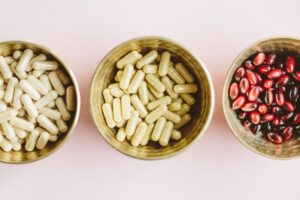
Should You Supplement with Choline?
The best way to safely supplement with choline is to incorporate lecithin into your diet. You will benefit the most from using an organic sunflower or soy lecithin blending into a smoothie. You can also use in salad dressings as an emulsifier. My favorite organic sunflower lecithin is this one.
Using lecithin instead of supplementing with choline, you will lower the risk of forming too much trimethylamine -N-oxide (TMAO). TMAO is a natural compound that has known to increase cardiovascular disease risk.
However, if you want to supplement with choline, it is vital to use the right form depending on your needs. For instance, betaine or trimethylglycine (TMG) is very helpful for promoting methylation and reducing histamine intolerance.
Rather than supplement with betaine (TMG) alone, I recommend that you look for betaine or TMG in a methylation support product like this one.
Phosphatidylcholine is another form of choline that has been shown to benefit gallbladder health, fat digestion, and fatty liver conditions. Lecithin contains phosphatidylcholine, so you should get what you need from lecithin.
However, if you choose to supplement with capsules, then I recommend BodyBio PC, which has three phospholipids types making it more beneficial.
For brain and nerve health, especially if you struggle with fluoroquinonal toxicity, I recommend the form known as alpha-GPC. The neurotransmitter acetylcholine is produced from this form of choline and supports brain and gut health.
You can receive 15% off the recommended supplements by signing up for my FullScript account on these products.
*As an Amazon Associate I earn from qualifying purchases.


